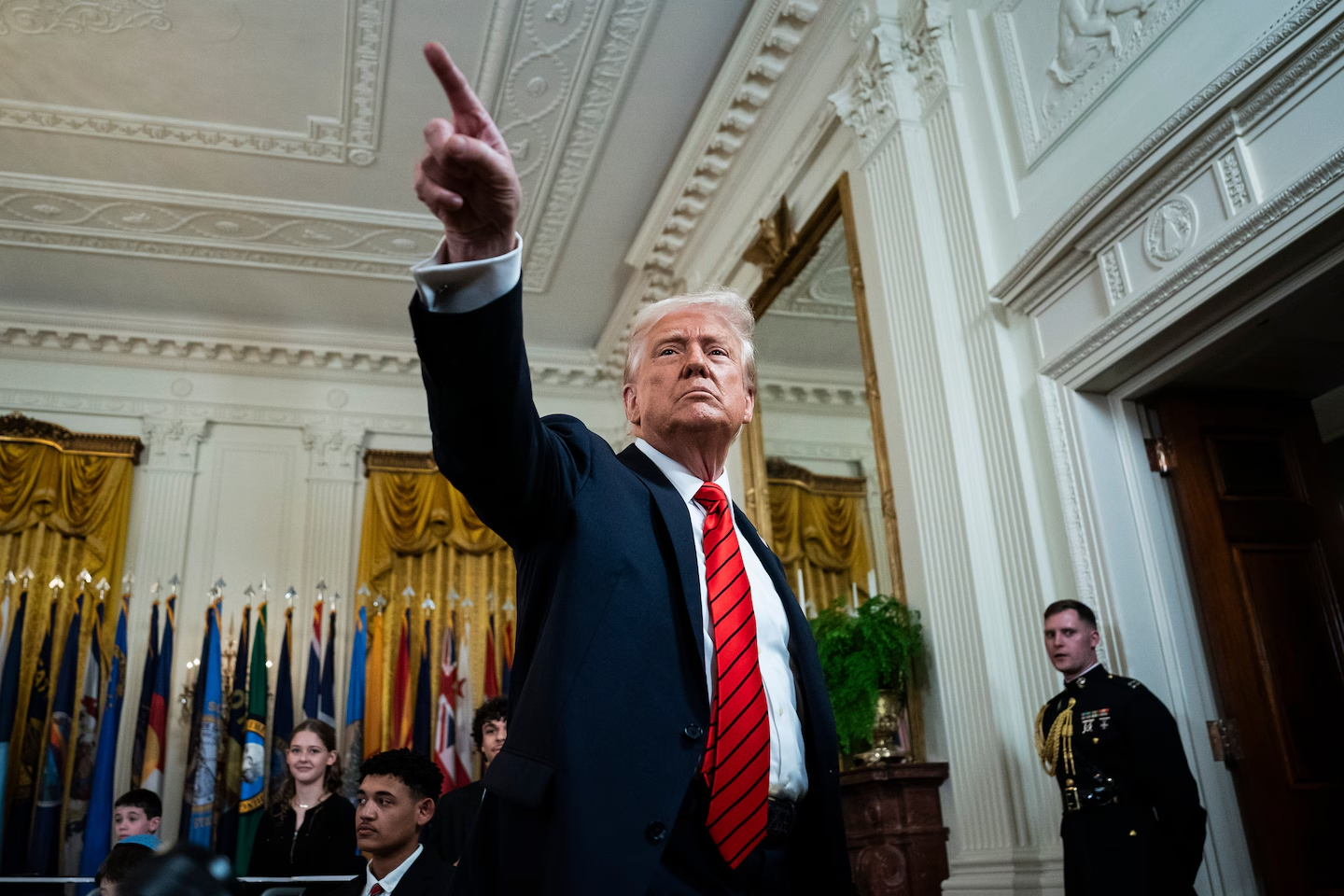In a significant ruling that could reshape labor relations within the federal government, a U.S. appeals court has upheld a controversial policy from the Trump administration that limits collective bargaining rights for hundreds of thousands of federal employees. The decision, handed down by the U.S. Court of Appeals for the District of Columbia Circuit, effectively greenlights the government’s ability to exclude certain federal workers from union negotiations, marking a major victory for proponents of a more streamlined federal workforce—and a devastating blow to labor advocates.
Background: The Trump Executive Order
The legal battle stems from a series of executive orders signed by former President Donald Trump in May 2018, which sought to drastically reduce the influence of federal employee unions. Among the key provisions:
-
Limiting Official Time – The orders restricted the amount of paid time federal employees could spend on union activities (known as “official time”).
-
Expedited Firings – They made it easier to fire poorly performing federal workers by shortening the disciplinary process.
-
Reduced Bargaining Power – Agencies were directed to renegotiate union contracts in ways that would exclude many workplace issues from collective bargaining.
Labor unions, including the American Federation of Government Employees (AFGE) and the National Treasury Employees Union (NTEU), immediately challenged the orders, arguing they violated federal labor laws. A lower court initially blocked parts of the policy, but the latest appeals court ruling reverses that decision, allowing the administration’s changes to take full effect.
Court’s Rationale: Management Rights vs. Union Protections
The three-judge panel, in a 2-1 decision, sided with the government, stating that federal agencies have broad authority to determine which topics are subject to bargaining. The majority opinion emphasized that the Civil Service Reform Act of 1978—which governs federal labor relations—grants agencies significant discretion in setting workplace policies.
“The statute does not guarantee unions the right to bargain over every conceivable employment issue,” wrote Judge Patricia Millett, one of the two judges in the majority. “Agencies retain inherent managerial rights to direct their workforce.”
The dissenting judge, however, warned that the ruling could erode worker protections, arguing that the executive orders “eviscerate the statutory right to collective bargaining.”
Impact on Federal Workers
The decision could have far-reaching consequences for the roughly 2.1 million federal employees, many of whom rely on unions to negotiate workplace conditions, pay disputes, and disciplinary actions. Key implications include:
-
Weakened Union Influence – With fewer subjects open for negotiation, unions may struggle to advocate effectively for employees.
-
Faster Discipline and Termination – The streamlined firing process could make it easier for agencies to remove employees, raising concerns about due process.
-
Reduced Official Time – Federal workers who also serve as union representatives may no longer have as much paid time to handle grievances or contract negotiations.
Labor leaders have condemned the ruling, calling it an attack on workers’ rights.
“This decision is a slap in the face to the dedicated civil servants who keep our government running,” said Everett Kelley, president of AFGE. “It gives agencies unchecked power to silence workers and dismantle decades of labor protections.”
Political and Legal Reactions
The ruling has reignited the debate over the role of unions in the federal workforce. Conservatives and business groups have long argued that excessive union power slows down government efficiency, while progressives and labor advocates contend that collective bargaining is essential to protecting workers from unfair treatment.
The Biden administration, which has generally been more union-friendly, could attempt to reverse the policy through new executive actions or legislation. However, with a divided Congress and legal hurdles, any changes may face significant challenges.
What’s Next?
Unions have not ruled out an appeal to the Supreme Court, though the high court’s conservative majority makes success uncertain. In the meantime, federal agencies may begin implementing the changes, potentially leading to a wave of renegotiated contracts with weaker union protections.
For now, the ruling stands as a major shift in federal labor relations—one that could reshape the balance of power between the government and its workforce for years to come.
Conclusion
The court’s decision to uphold Trump’s executive orders marks a pivotal moment in federal labor law, tilting the scales in favor of management over unions. While supporters argue the changes will improve efficiency, critics fear they will leave federal employees vulnerable to arbitrary decisions. As the legal and political battles continue, one thing is clear: the fight over workers’ rights in the federal government is far from over.



